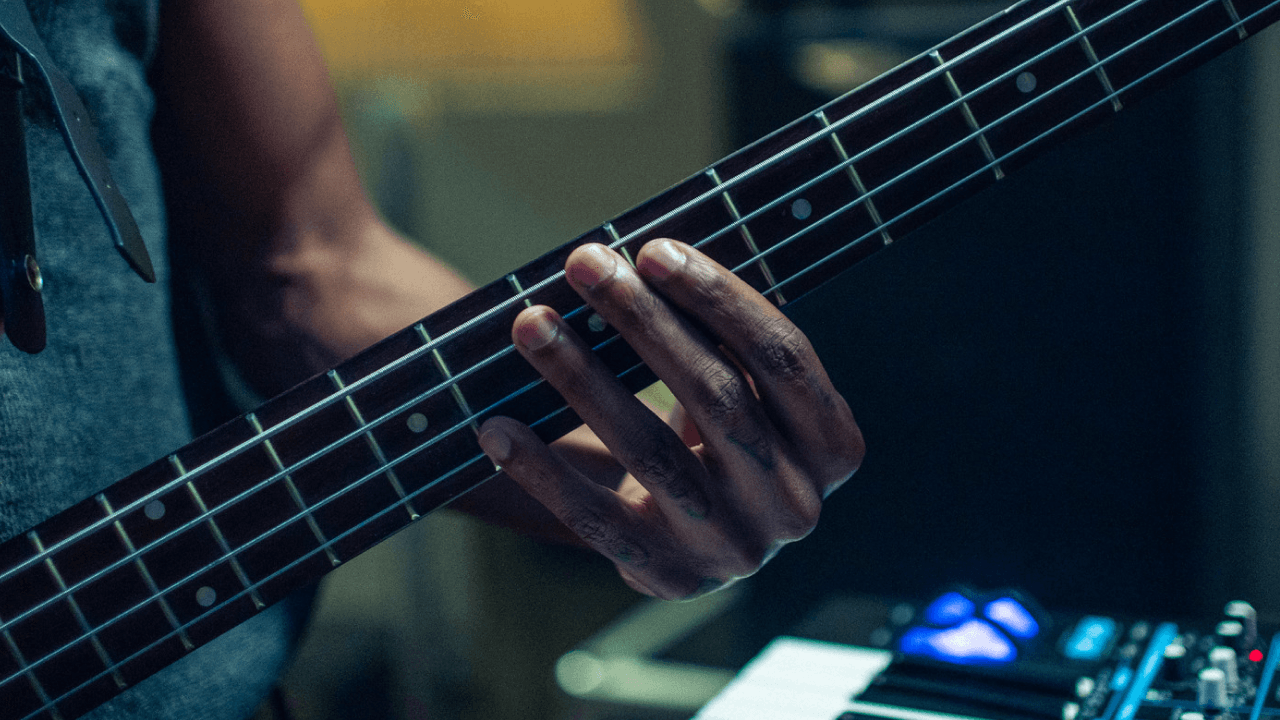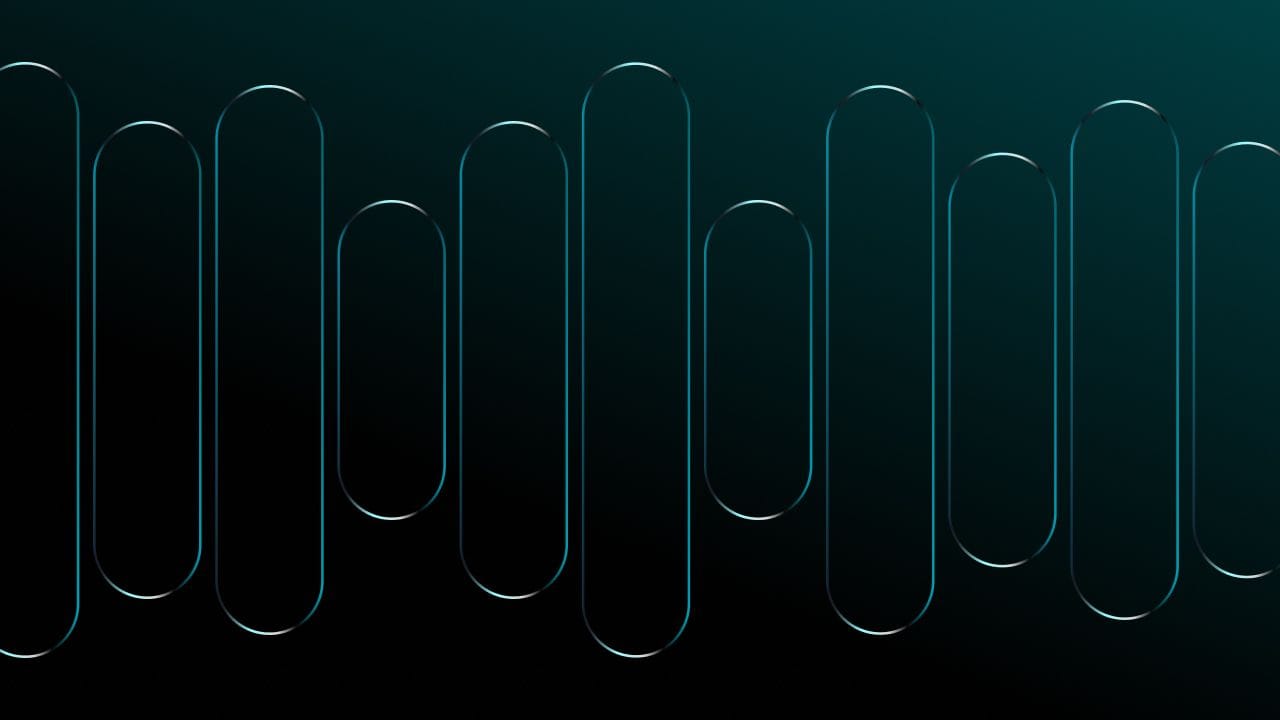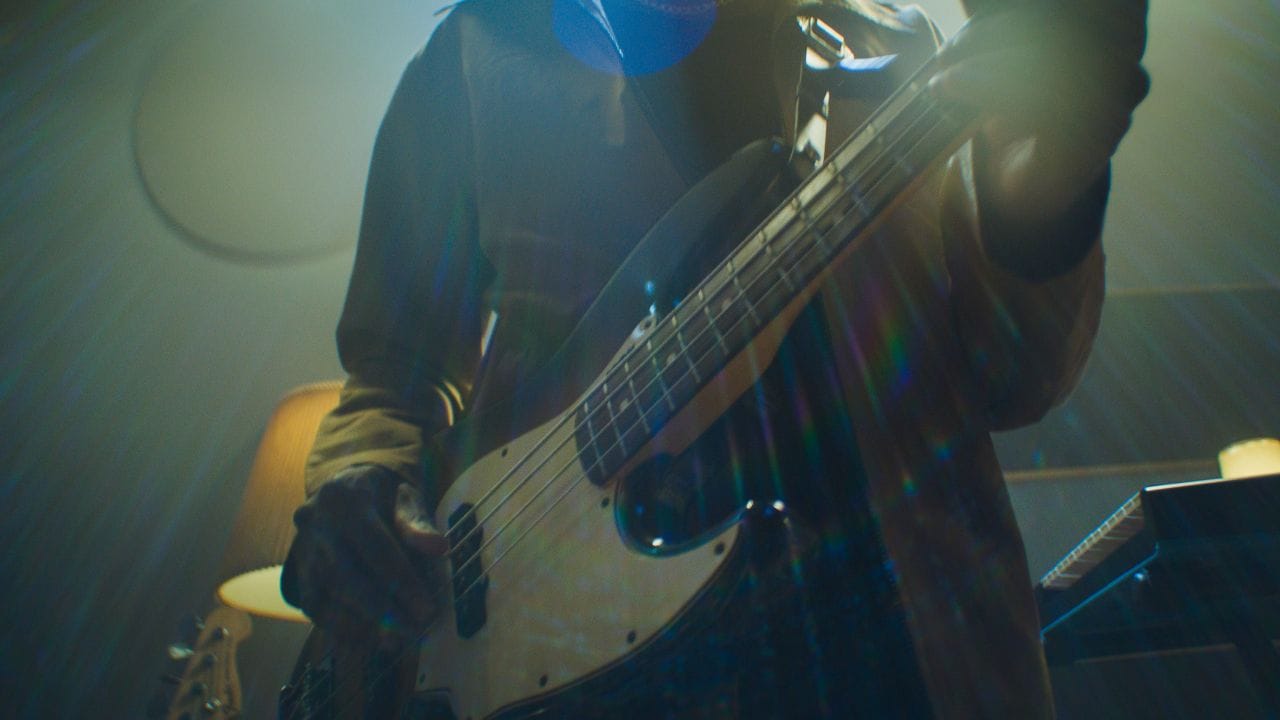There is much debate over which bass technique is the best. Is it slap bass? Picking? Fingerstyle? Plucking? Muting? In truth, there is no right or wrong way to play the bass guitar. It is solely a matter of personal preference. Any method you use to make your bass shine - whether using your fingers, a bass pick, or your thumb - can work well as long as you feel comfortable and confident.
However, if you desire to develop your playing style or learn something new, check out these top 5 bass techniques you may not have heard about, along with some practical tips to enhance your playing.
1. Slap Bass:
Slap bass is probably the most iconic form of bass playing. Many of us have heard the term “slap the bass”, and generally, when depicted in movies or pop culture, those who can solo using this technique are often revered and praised.
If you’re looking to get funky with your bass playing, this is the technique for you. Commonly heard in funk, disco, soul, jazz, R&B, and a few others, this technique offers a much more percussive sound and is usually louder, brighter, and more distinct than its more common counterpart - plucking.
Practicing slap bass is excellent for beginners as it is tricky to master but very rewarding when accomplished. Moreover, this sound is achieved by slapping with the thumb and popping with the fingers.
2. Plucking:
The next bass technique we will dive into is bass guitar plucking. Plucking is an essential skill required for beginners as with practice it will help you feel more comfortable playing songs. There are several aspects to plucking that need your attention, for example, how hard you pluck the strings, your hand’s position, and alternating your fingers. Each individually will influence the dynamics and sound of your playing.
You do not need to pluck the strings hard to create a powerful tone. Depending on where you pluck on the string, you can create a range of sonance from your bass guitar. If you pluck nearer, it will often be a warmer and fatter tone. Farther, and you will get a percussive and brighter tone.
3. Fingerstyle:
The age-old question among bassists: to use a bass pick or not to use a bass pick? Well, the truth is both can be great techniques, it’s just what you’re more comfortable with and the tone you’re trying to achieve. Each method has influential bass players on either side. Geddy Lee from the rock band Rush has been revered for his fantastic fingerstyle technique, whereas someone like Paul Mccartney is admired for his powerful pick playing.
An important detail to note when playing with your fingers is making sure your fingernails are trimmed so you don’t catch a string.
A bass pick will generally help you produce a more aggressive and percussive tone, whereas your fingers often provide a rounder sound and is better for more frequent string changes.
4. Bass Muting:
On an amplified instrument like the electric bass, a lot of effort and technique prevent notes from ringing. When you let notes bleed over one another, it takes away from the rhythmic impact of the bass and the attack each note individually can have. There are several forms of muting techniques, and you can use your palm, ring finger, thumb, etc.
To Palm Mute, press the strings down firmly with the heel of your right hand and pick with your thumb. You can use your thumb to mute the E-string, and your ring finger to mute the A-string.
5. Legato & Staccato:
Lastly, it is essential to understand the concepts of legato and staccato as these can have a dramatic impact on the sound produced.
Legato definition: is a musical performance technique that produces fluid, continuous motion between notes. Each note is played to its maximum duration and then blends directly into whatever note follows
Staccato definition: short, detached, jumpy notes are called staccato.
Legato and staccato simply refer to whether or not a note's length runs into the next note being played. Once you understand the difference, try playing the same thing in legato and then again in staccato. You will be able to hear the overall effect these types of notes have on the bassline and how it highly contributes to the effectiveness of the bass within the song.
Helpful Tips
Some of the best things you can do as a bass player are learning how to play with a metronome, lock in with the drummer (if playing in a band), and play along with backing tracks.
Part of the bass guitar’s role is to function as a courier between the drums and the rest of the band. “Locking in” describes when the bass and the drum parts sync rhythmically, playing the same rhythm from bar to bar. For the most part, the goal should be to make the drums and bass one cohesive sound; a great way to do this is to craft or play bass lines that fit with the kick and snare drums.
While each player should be responsible for his or her own timing and overall knowledge of the tune, a good bassist will listen intently to the drummers playing, aiming to sync, build, and leave space for the other when needed.
An important element of this is learning to play on time by playing with a metronome and playing along with good backing tracks to be well prepared when showtime comes.
With Moises, you can do both!
Not only can you play with a metronome at any desired speed, but you can also learn to play specific tunes, stay on pitch, and on tempo with the easy-to-use “Track Separation”.
Using Moises allows you to isolate any track - like the bass or drums in this instance - so you can train and begin practicing any of the bass techniques aforementioned, as well as giving you the option to play along to a specific part. See how to use Moises by clicking here!
What is your favorite technique? Tell us in the comments below and take the opportunity to download the Moises app now, available for iOS and Android!
Image: Unsplash (Laura Nyhuis)







